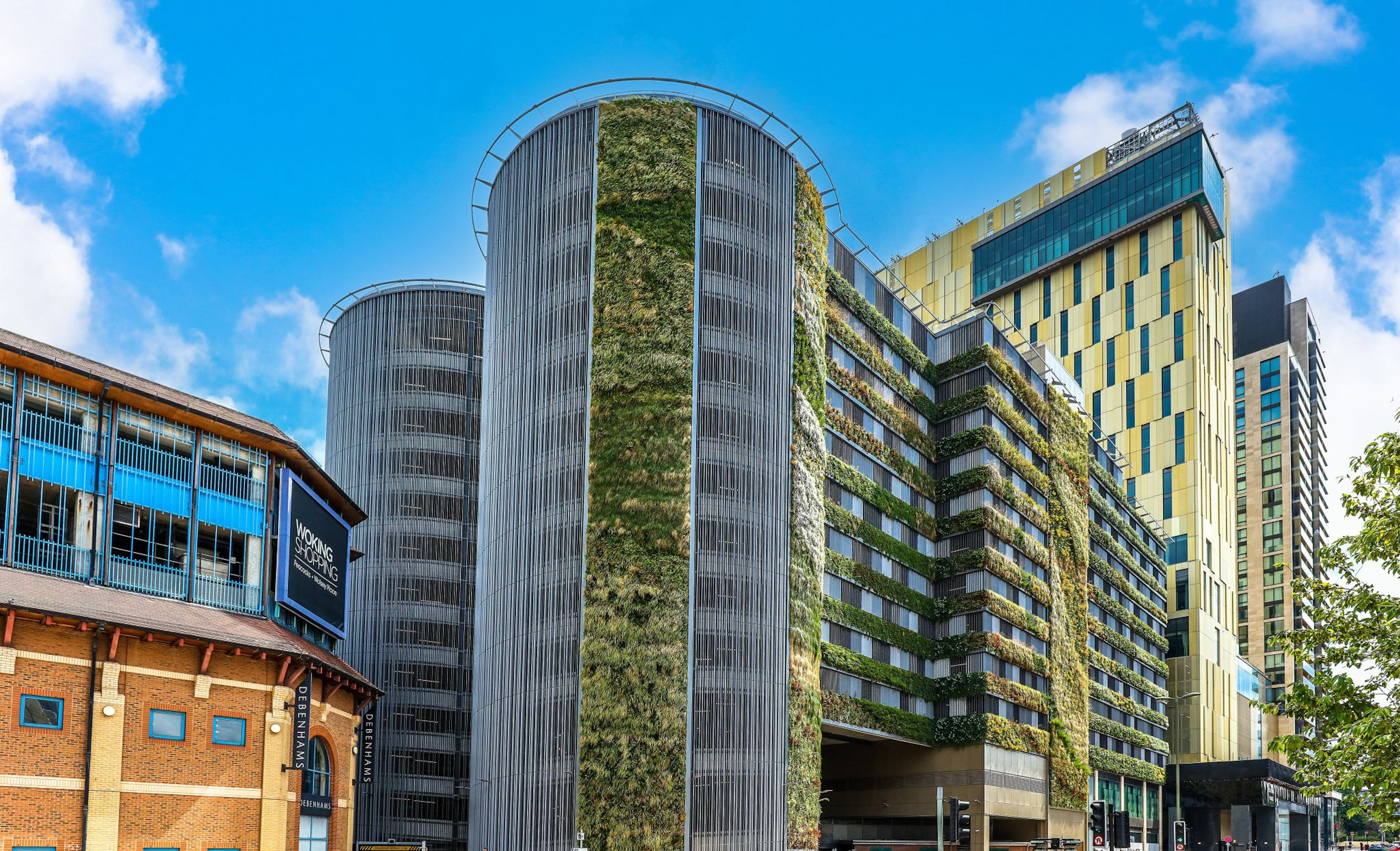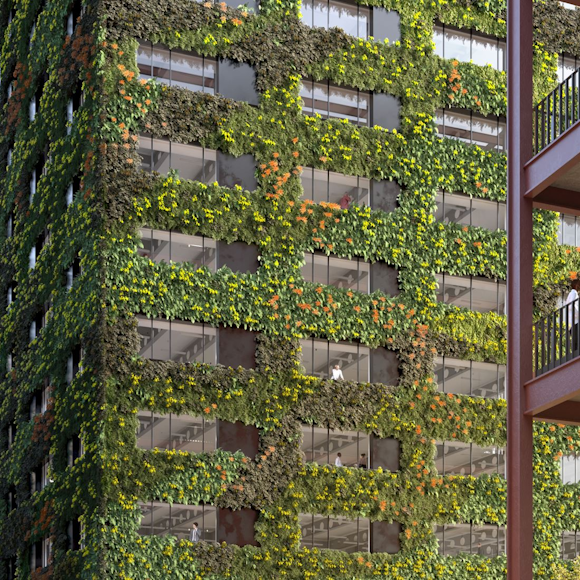For many developments, the key to meeting Biodiversity Net Gain (BNG) targets will lie in utilising what traditionally has been ignored: the roofs, perimeters, and walls of the buildings. But does this meeting BNG targets have to compromise ROI of the original development plants?
We were invited to share our expertise with renowned construction publication PBC Today on this subject: Do living walls provide the answer to biodiversity net gain demands?
Here’s our answer: Read the article.
Who’s PBC Today?
According to the PBC Today team, their editors are “all over planning and development like a donkey on a waffle”, bringing together experts from building control, planning and construction to provide a range of perspectives on the issues and opportunities in today’s world of development.

